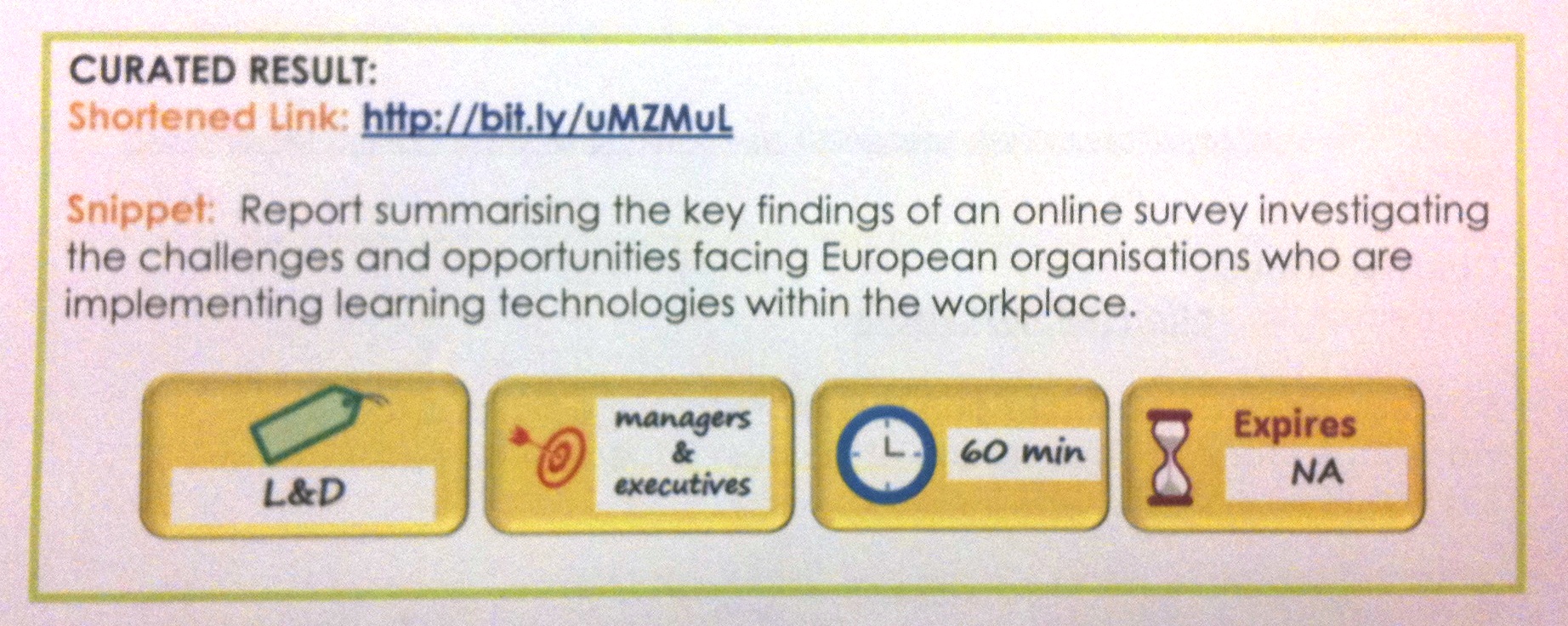The eLearning Network publishes a yearly advent calendar at the end of the year. I wrote a small post for this year’s calendar. Please find the text below (first published here):
The Big Lebowski

The Big Lebowski by the Coen brothers is my all time favourite movie. I am not the only one who feels this way. The movie has inspired a whole movement of followers. I’m a Lebowski, you’re a Lebowski, a book describing this movement, gives a wonderful insight into why thousands of people come together every year for a Lebowski fest where they watch the movie on a big screen, dress up like characters from the movie, host a trivia competition and announce books that are published about the film. In one of these books, Mary Zophres, responsible for costume design, talks about dressing the protagonist:
I’ve used a lot of drop shoulders on him because when somebody has higher seams, it somehow improves the posture and makes their look seem more put-together and tidy, which of course we didn’t want. [..] I know this all seems like a very subtle thing, but from a costume designer’s point of view it does make a difference. And if you make sure that you’re doing it the right way down to the basics, then you’re assured of getting the overall effect you want.
This shows the extraordinary high level of authorship of the Coen brothers. The quote made me realise that one of the reasons that this movie gets better every time I see it, is because every single element in the movie is put there by the directors for a purpose. Nothing is there by chance or by the fact that it was just there when they came around to shoot a scene.
Unusable stuff
We all have had the experience of trying to turn on one of the burners on a stove and randomly trying out the knobs to see which one works. Donald Norman explains in The Psychology of Everyday Things the cause of this problem: the burners are arranged two by two and the knobs are in a single row of four. There is no natural mapping between the two. Why not? Because even though we all know the problem, there has never been a designer who has cared enough to think about a solution and implement it (i.e. if the knobs were arranged two by two then we would never make the mistake). Often aesthetic reasons get first priority. I keep a Twitter account, @unusablestuff, dedicated to documenting these design follies.
Paying attention to the title bar
Like what appears to be all of the technology world, I too am fascinated enough by Apple’s disruption of multiple markets to have devoured the biography of Steve Jobs as soon as it came out. One passage that really struck me was the following:
Jobs lavished [..] attention on the title bars atop windows and documents. He had Atkinson and Kare do them over and over again as he agonized over their look. [..] “We must have gone through twenty different title bar designs before he was happy,” Atkinson recalled. At one point Kare and Atkinson complained that he was making them spend too much time on tiny little tweaks to the title bar when they had bigger things to do. Jobs erupted. “Can you imagine looking at that every day?” he shouted. “It’s not just a little thing, it’s something we have to do right.”
This shows that he was able to take the tacit view of the user of his products. A view that the user might not even be able to verbalise themselves.
What does this mean for learning design?
These three stories are all about ways of looking at the world that are sorely missing from a lot of elearning design nowadays. So ask yourself the following questions about the next piece of elearning that you design:
- Do you see yourself as an author in the sense that you are fully responsible for the experience that the learner has? Did you look at the end results with the eyes of the learner? Do you realise that the thing you create might be seen by thousands of pairs of eyes?
- Did you make a conscious design decision about every single part of your elearning module and does everything that is included have a clear purpose? Or did you just use things that were turned on by default or put in things because that is the way it is always done?
- Have people around you been talking about the Pareto principle (the 80/20 rule) and are you therefore delivering something that is mediocre? Do you like interacting with things that are mediocre?
To summarise: Details matter, so please act like they do.
P.S. I have just started reading On Writing Well. I intend to use the lessons in that book on this piece of writing. I am curious to see how much it can be improved!
 I decided to revisit all the posts on this blog and re-categorize them. One new category is inspired by Stephen Downes’ piece on
I decided to revisit all the posts on this blog and re-categorize them. One new category is inspired by Stephen Downes’ piece on 

